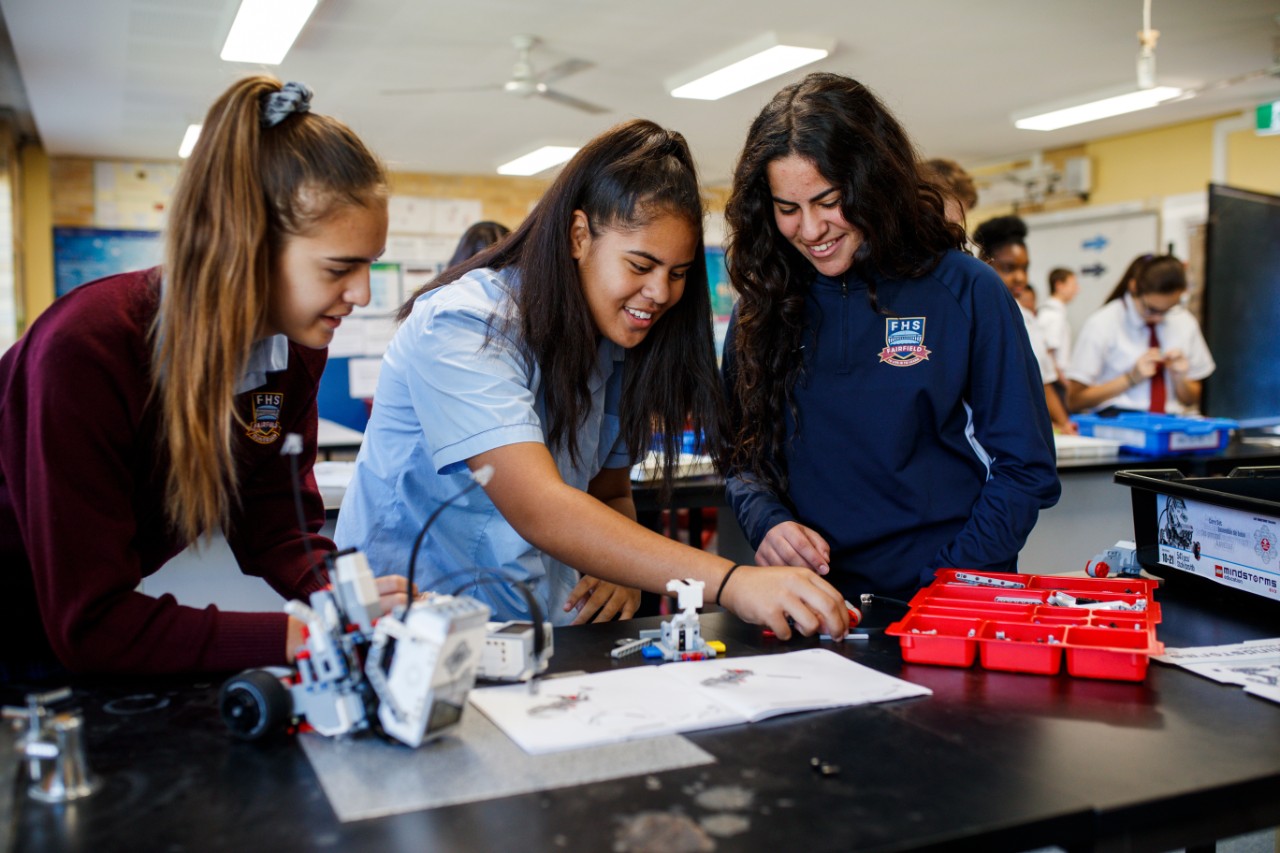Attention
Use inclusive teaching and learning strategies to support students with attention challenges in the classroom.
About attention
Attention describes being able to concentrate for a long time, being able to stay focused on one task without being distracted, being able to divide your attention between multiple tasks (for example, listening while completing an activity), and being able to switch your attention between different ideas (for example, shifting your thinking to a new task or activity easily).
Many students with disability have challenges with attention. This includes those with intellectual disability, specific learning disability, attention-deficit/hyperactivity disorder, and students on the autism spectrum.
Each student is unique, and so they may have different levels of attention. For example, some students may be able to concentrate on a single activity for a long time, but have difficulty dividing their attention between two tasks. Others may have difficulty concentrating for a long time and need frequent breaks or change of activities to keep them interested.



School Excellence Framework alignment
Wellbeing, Effective classroom practice
Australian Professional Standards for Teachers alignment
Standard 1: Know students and how they learn
Audience
Secondary teachers
Purpose
This resource includes a range of strategies for teachers to support students with attention challenges. Including: Evidence-based practice, best practice tips and other considerations.
Reviewed
November 2021. Share your feedback hereExternal link